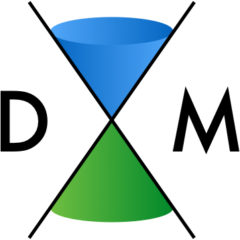| This ERC-funded Synergy grant project is a collaboration between the Paul Schrerrer Institut, ETH Zurich and KTH in Stockholm, Sweden. You can find its own website @ synergyhero.org/ |
Knowledge of the electronic band structure and a key low energy degree of freedom, chosen from a short list including charge, spin, free electrons and atomic positions, characterizes most crystalline solids with astonishing success. This paradigm underpins not only metallic and insulating behavior, but also superconductivity, the fractional quantum Hall effect and Mott physics where the efficient theoretical approach is always to consider many-body physics only for a single low energy degree of freedom. While much research even over the last 20 years has validated this paradigm, e.g. for graphene, there are examples of quantum matter where it seems to break down, most notably transition metal oxides which host what appear to be many key low energy degrees of freedom (order parameters) and even the quasiparticles in the “normal” metallic states do not always behave as ordinary electrons in metals.
Our contention is that the truly important degrees of freedom are not awaiting discovery, but rather that the key property of many of these systems is that there are several key degrees of freedom. HERO aims to go beyond the state of the art in accounting for systems with multiple order parameters by considering all of the possibilities offered by quantum mechanics, and taking advantage of exceptional experimental and computational tools such as free electron lasers. We will search systematically for different forms of “Hidden” Order , derived either from correlations between classical order parameters which could even be vanishing due to quantum fluctuations or from external ac drive fields. Quantum multicritical points where different forms of order simultaneously appear near zero temperature will be considered with special attention to the effects of Entanglement between mesoscopic quantum variables associated with the multiple orders. Finally, we will examine the consequences of resonant level crossings for symmetry-restoring modes associated with different orders.
